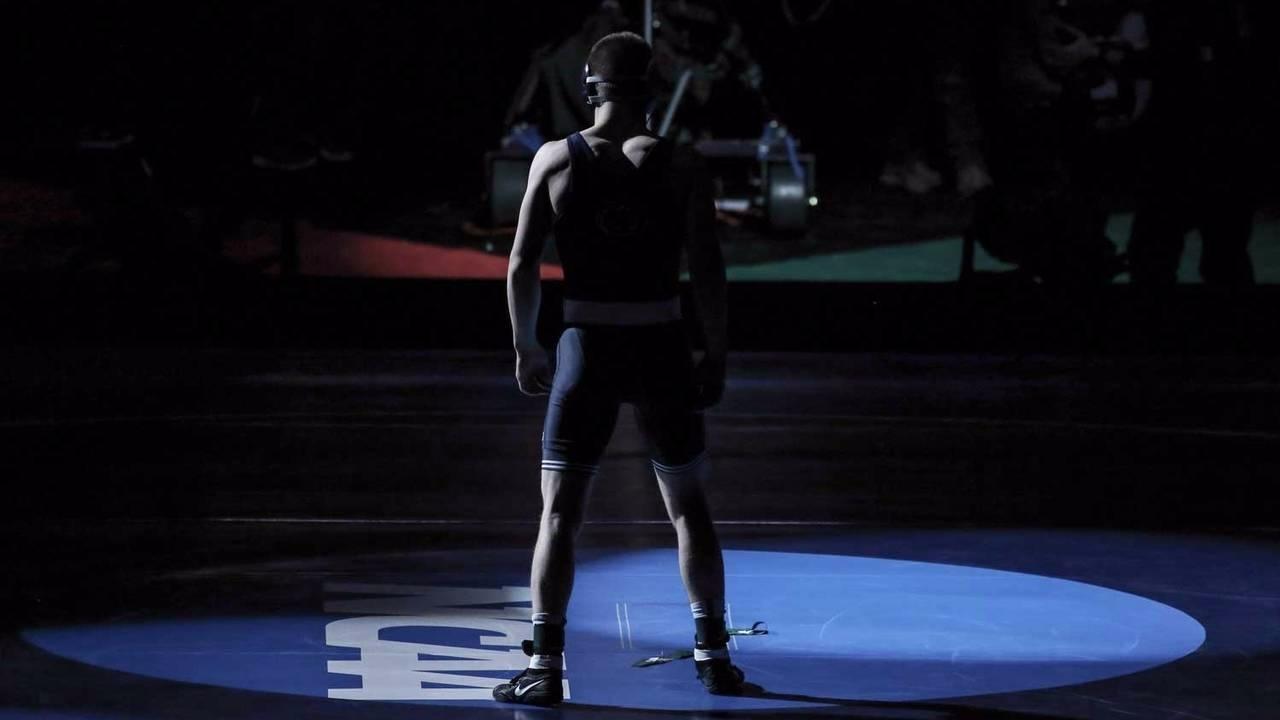Nine Tips to Help You Get into the Zone

By Zack Tanenbaum
In the last section, I went over the 9 fundamental and prevailing themes of flow. To reiterate from before: They are: 1) challenge-skills balance; 2) action-awareness margin; 3) clear goals; 4) unambiguous feedback; 5) concentration on the task at hand; 6) sense of control; 7) loss of self-consciousness; 8) transformation of time; and 9) autotelic experience. Now, I will expand on those themes further:
1. The first flow component is challenge-skills balance
To enter flow, there must be a difficult challenge. Difficult, but doable. The challenge needs to be at the upper bounds of the athlete’s abilities. Getting into flow won’t give us skills that we have not already developed, but the complete focus we have during flow will allow us to execute those skills with precision and at the optimum moments. The athlete also needs to believe that he is capable of the challenge. The mindset must be such that he is not plagued by self-doubt, as this will keep him from being able to enter the necessary state of consciousness.
2. The next component is action-awareness merging
I stated above how during my finals match, I felt effortlessly at one with my movements. Through total concentration and focus, my body’s motions seemed fluid and controlled with my mind. Brown University swimmer Rachel Karen describes this process of flow as autopilot. “Rhythm and timing are everything in breaststroke, so I set my pace and from there being in the zone puts me completely on auto-pilot.”
3. Clear Goals
Clear goals are the third fundamental dimension of flow. You must have a vision. You must know exactly what you want to achieve. Without a clear goal, it will be impossible to fully focus on a certain action. This fundamental coincides with challenge-skills based. You have to know what your challenge is, and you have to know what you want out of it.
4. Unambiguous feedback
The feedback one receives while engaging in competition must be clear. An athlete must be able to adjust his body and motives accordingly to get in the flow and to accomplish his goals.
5. Concentration on the task at hand
If Rachel Karen’s mind wandered away from the swimming pool, into personal thoughts and ruminations of past events, she would almost instantly snap out of flow. Sarah Shaw, the author of Buddhist Meditation, states that to be at your absolute best, you must be fully focused on the task. “Only when skillful consciousness is present during daily life, or during meditation, does the mind become actively bright and radiant.” To be unstoppable you must be mindful and focused on the present. During flow, unnecessary sensory perception seems to stop. You do not notice pain, you do not notice the crowd noise, and you have an abnormal experience of time.
6. Sense of control
Brown University’s wrestling national qualifier, Billy Watterson, describes this aspect of flow best. “I just feel like everything is natural and I’m totally in control of everything going on.” Mr. Watterson shows that when an athlete is experiencing flow, the plasticity of his competition can be molded and manipulated to reach his desires.
7. Loss of Self-Consciousness
When one experiences flow, worries and self-doubts instantly fade away. Should the athlete allow a negative thought into his consciousness, flow will vanish. Billy Watterson nails this fundamental aspect of flow on the head again when during his interview he said, “For me, it’s almost like I totally forget my limitations and the fact that I am not actually athletic. I don't think about anything going on around me, and I am supremely confident.”
8. Transformation of Time
Time distortion is a common trend in people experiencing flow. Studies suggest that we perceive time from the quantity of perceptual snapshots in our imaginations similar to that of frames in a movie. [12] Furthermore, these perceptual snapshots are affected by flow. It’s interesting to note that there are almost an equal number of people who say that their time speeds up while experiencing flow, as people who say that their time slows down while experiencing flow.
9. The last component of flow is autotelic experience
An autotelic experience is one that is intrinsically rewarding. For an athlete to get into flow his motivation must come strongly from within. Eric Thomas, a professional speaker and motivator, often enthusiastically exclaims, “You have to want to succeed as bad as you want to breathe. Only then will you be successful!” To be the best, and to get to that unstoppable state of mind, you have to truly be driven by your own internal desires. Eric Thomas is right. If instead, the focus is of extrinsic nature — money, power, or fame — flow will not be achievable.
These nine components can emerge independently of one another, but only in combination can they constitute a state of flow. Because flow is a state of consciousness, a person’s mental attitude and mindset play a strong role in bringing about these experiences. To enter into a state of flow, an athlete must have a unique mind-body balance. Our body must be trained with the skills necessary to win, but our mind must have laser-like focus on the task at hand, and must release all negativity and its purpose must be coming from an internal drive to succeed. At this moment, our mind and body can become one, our sense of separation, even from our opponent, dissolves. Our mind has heightened awareness for what the body needs to know to react and perform at its highest level. The mind seemingly intuits where the body needs to be, where the opponent’s next move is and the body responds with exacting precision. In the next section, I will go over the benefits of flow, and then we will expand on how to get into flow after that. Stay tuned and sign up for our newsletter to get bonus material from Bulgarian Muscle!

